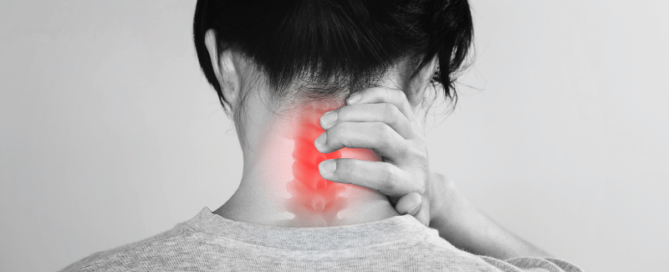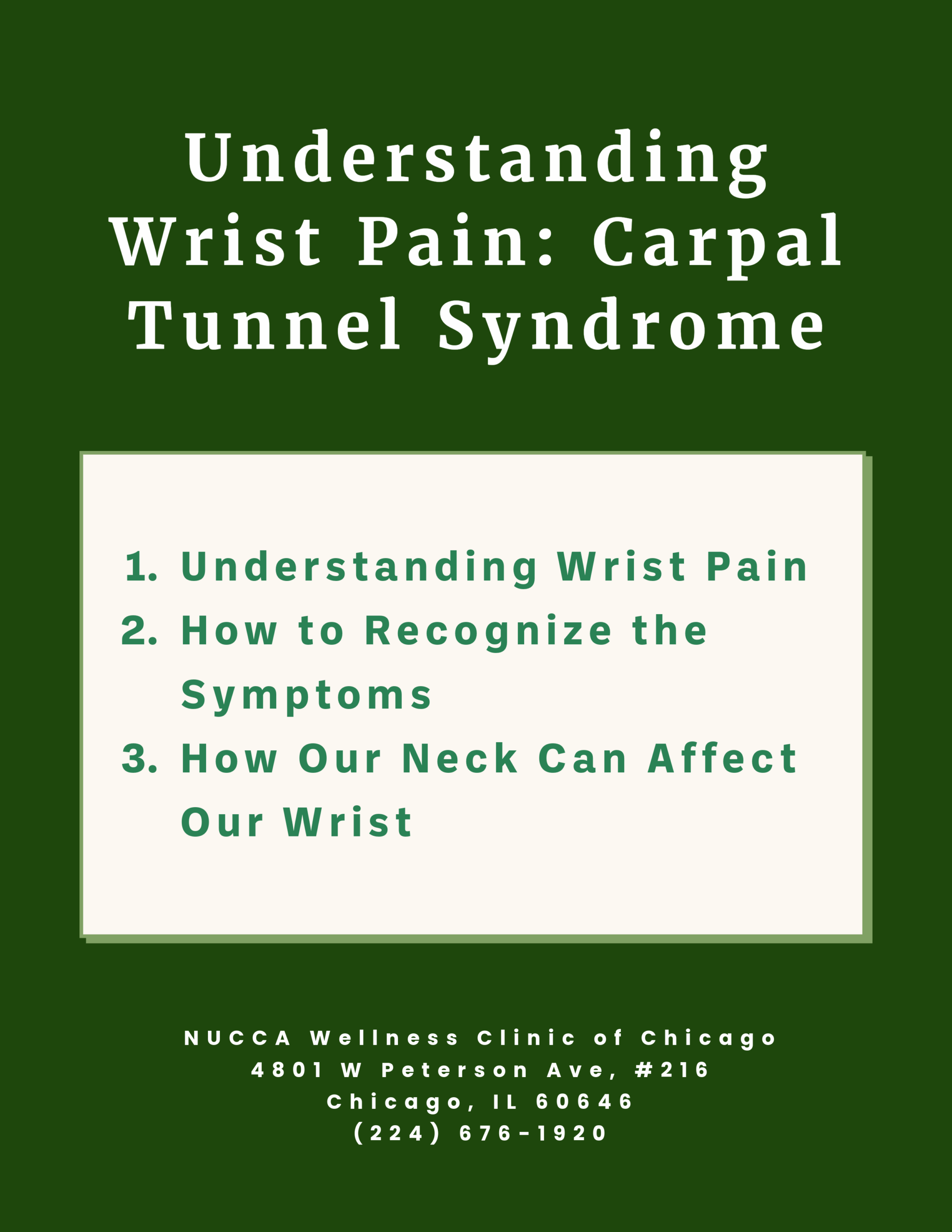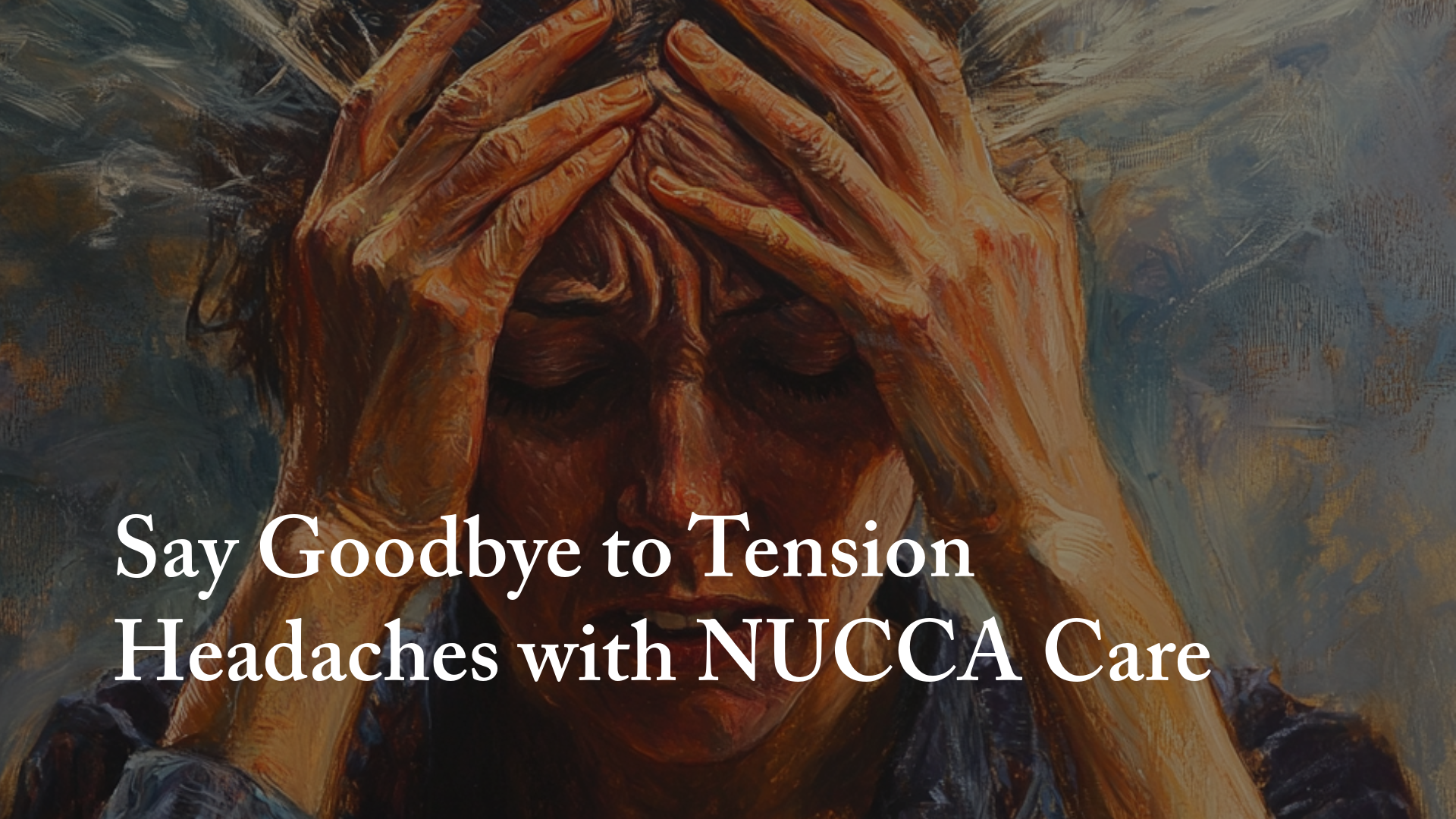
Approximately 80% of Americans experience neck pain at some point in their lives. Millions of Americans search for solutions to persistent neck pain and discomfort. Neck pain is not only debilitating, but it can also limit daily activities and significantly decrease the quality of life. Whether you’re working at a desk, lifting heavy objects, or simply waking up from a restless sleep, your neck is vulnerable to strains and discomfort. In this article, we will explore the causes, symptoms, and remedies for neck pain.
Often, the root causes of neck pain are mechanical in nature. Most neck and back problems stem from muscles, ligaments, tendons, and discs in the spine. While some people only experience neck discomfort or tightness, many others suffer from persistent pain that prevents them from working, caring for their family, or even enjoying their hobbies.
Structural misalignment in the neck can result in abnormal motion, forces, and vibrations in the spine. This can precipitate a range of issues, including inflammation, infection, structural modifications, and biomechanical shifts. Such events in the joints can trigger chemical or immunological responses that further alter the structure of the spine. These factors can provoke pain receptors, leading the brain to perceive these signals as pain.
This is why it’s essential and necessary to consult with a chiropractor who can guide you in managing and preventing neck pain.
Common Causes of Neck Pain
1. Poor Posture:
Slouching or leaning forward while working, particularly with electronic devices, can place stress on the cervical spine. Head position affects the distribution of weight over the spinal discs. When the forward head posture is maintained for a prolonged period of time, it causes muscular strain in the upper back.
2. Muscle Strains:
Muscle strains in the neck can result from several factors. Overuse is a common culprit, such as spending prolonged hours hunched over your computer or smartphone. This repetitive motion or prolonged posture can cause the muscles in the neck to become fatigued and overstretched.
3. Degenerative Joint Diseases:
Just like other joints in your body, neck joints tend to wear down with age. Osteoarthritis is the most prevalent form, which involves the wearing away of the cartilage that caps the bones in your joints. Over time, this wear and tear can cause pain, swelling, and reduced joint flexibility.
4. Nerve Compression:
Herniated discs or bone spurs in the vertebrae of your neck can press on the nerves branching out from the spinal cord. The most common symptoms of nerve compression are a sharp, burning, or deep, severe ache. The area served by the affected nerve can also experience pins and needles, numbness, or a tingling sensation.
5. Injuries:
Rear-end auto collisions often result in whiplash injuries, which occur when the head is jerked backward and then forward, straining the soft tissues of the neck. This rapid whipping motion of the neck can place significant stress on the cervical vertebrae, the intervertebral discs, the ligaments, and the muscles of the neck.
Symptoms of Neck Pain
- Stiffness or decreased range of motion
- Sharp or stabbing pain
- Headaches originating from the neck
- Tingling or numbness that radiates down the arms or fingers
- Trouble with gripping or lifting objects

Tips for Relieving Neck Pain
1. Adjust Your Sleep Position:
To ensure a restful sleep and prevent strain, adjust your sleeping position by choosing a supportive pillow that aligns with the natural curve of your neck and spine, and consider sleeping on your back or side rather than your stomach.
2. Stay Active:
Gentle neck exercises can help maintain strength and flexibility. Staying active, through exercises like walking or gentle stretches, can promote blood flow and flexibility, helping to alleviate neck pain and prevent its recurrence.
3. Check Your Posture:
Ensure your computer monitor is at eye level, and avoid continuously looking down at your smartphone. Regularly checking and correcting your posture, especially when sitting or using electronic devices, can significantly reduce neck strain and prevent associated discomfort.
4. Apply Cold and Heat:
Ice can help reduce inflammation in the initial stages, while heat can ease muscle tension. Applying cold or heat therapy to the affected area can reduce inflammation, soothe pain, and promote healing in the neck muscles and joints.
Consider Upper Cervical Chiropractic for a Solution
Neck pain is a common issue, by understanding its origins and integrating preventive measures, you can significantly minimize its impact. Regularly assess your activities and posture to ensure that you’re providing your neck with the care it deserves.
If you are experiencing symptoms of neck pain or back pain, don’t suffer in silence. We recommend seeking a proper evaluation from our NUCCA chiropractors. Our NUCCA specialists can help realign the upper cervical spine and relieve the pressure on the nerves that may be causing chronic neck pain. Our NUCCA chiropractors will work closely with you to create a personalized treatment plan addressing your unique needs and goals. We believe that every patient deserves individualized attention and care, and we are committed to helping you achieve optimal health and wellness.
To learn more or set up an appointment at our Chicago, IL, or Northwest Suburb location, you can call us at (224) 676-1920.




